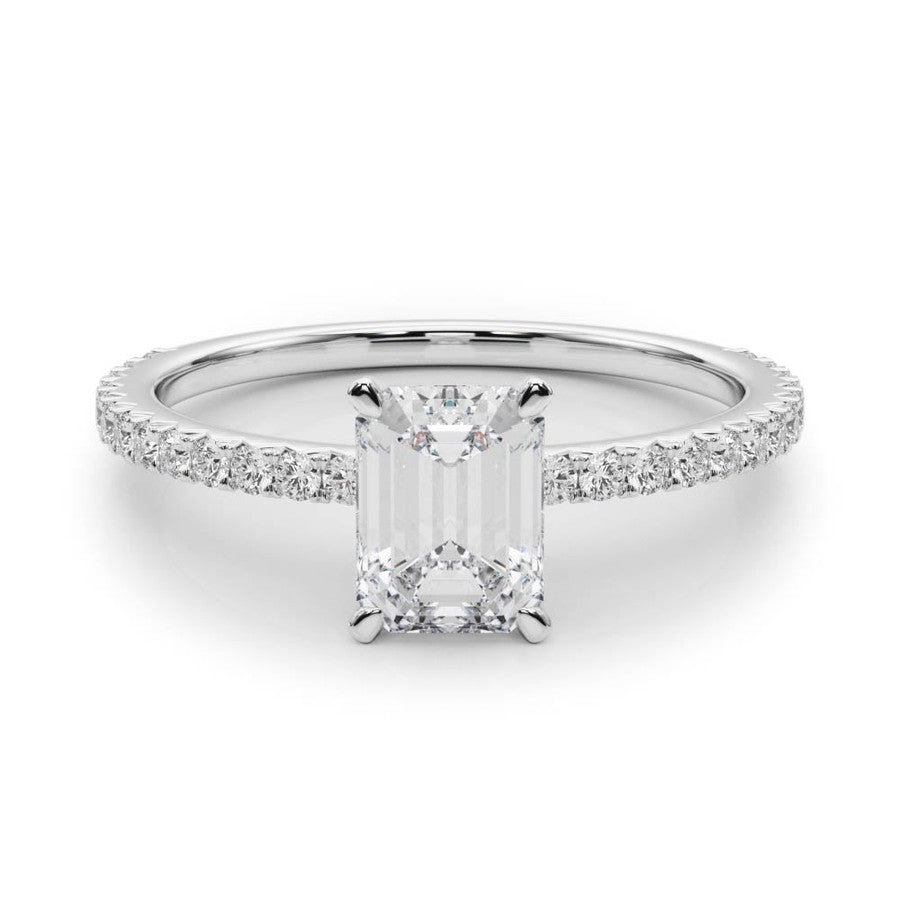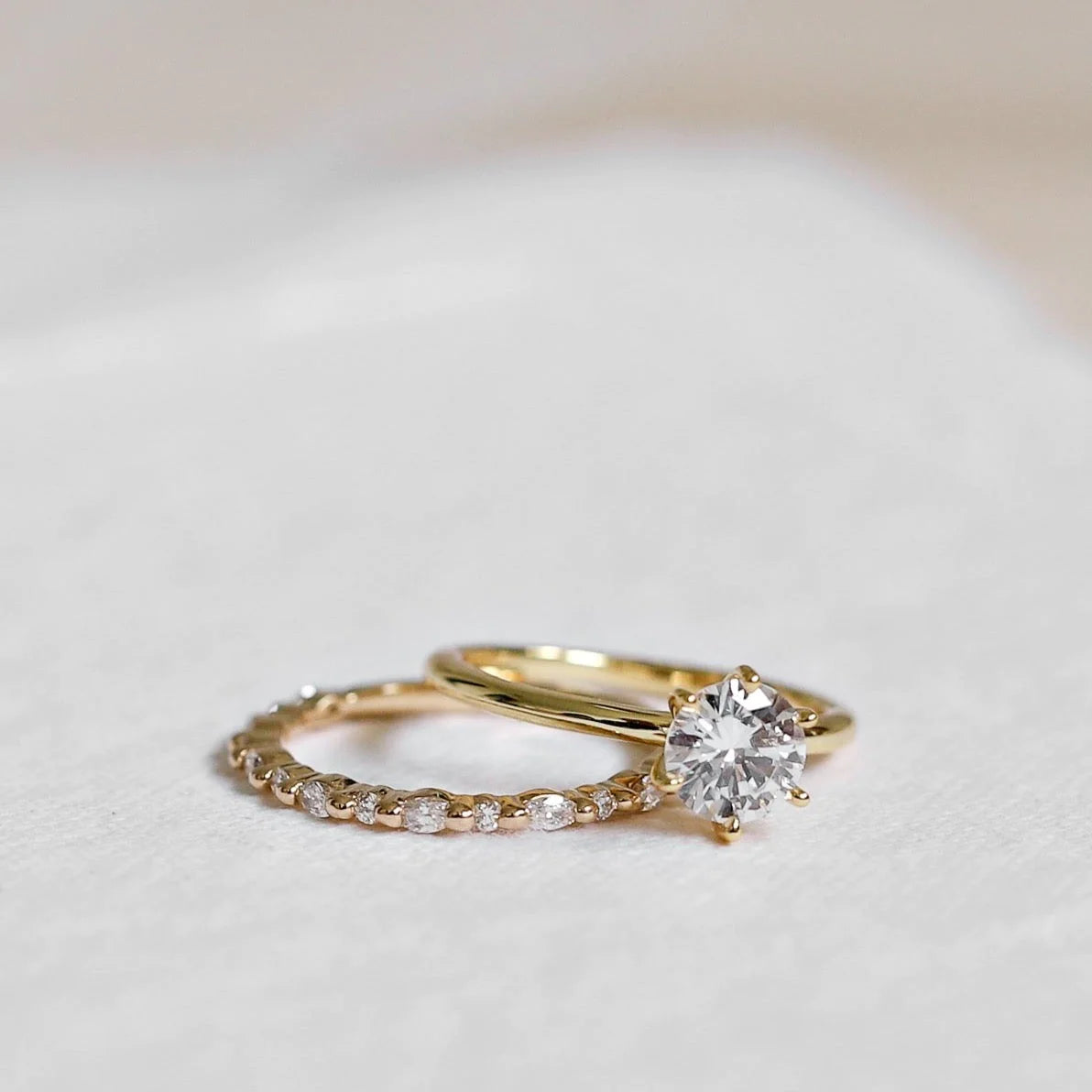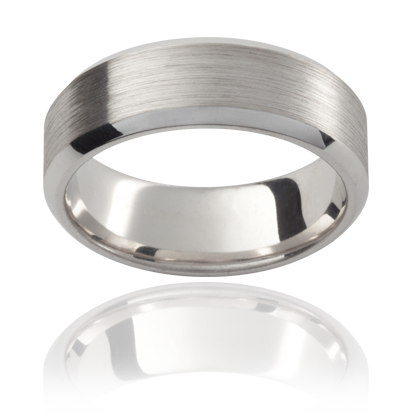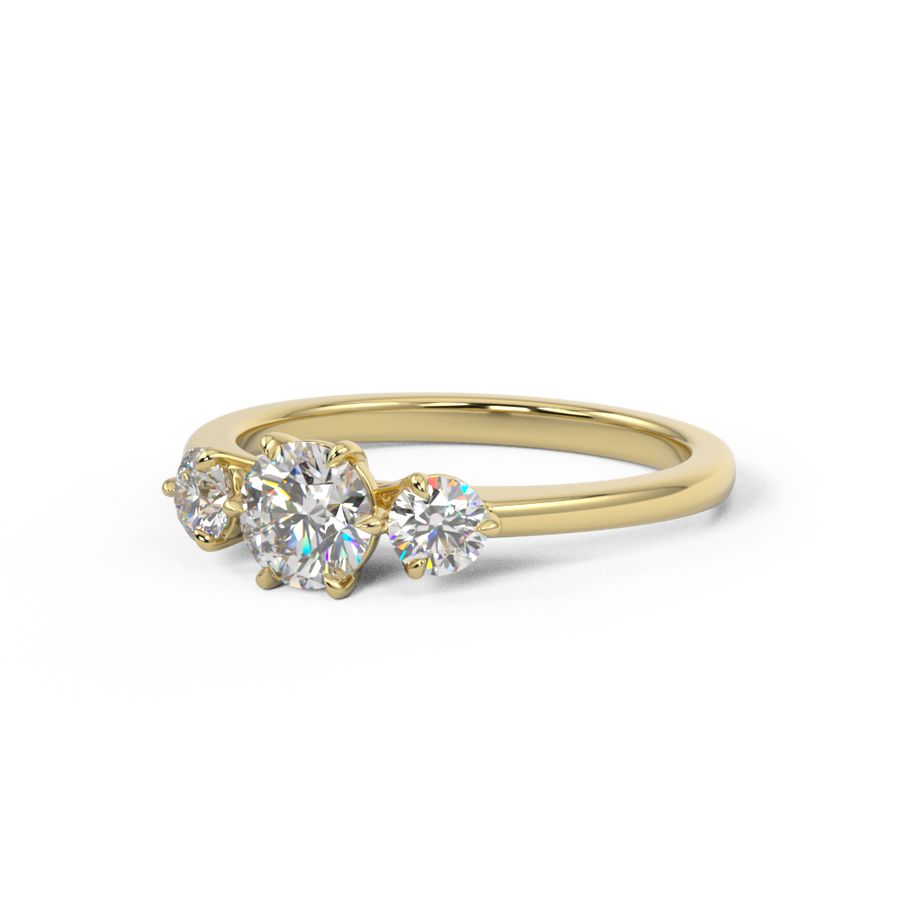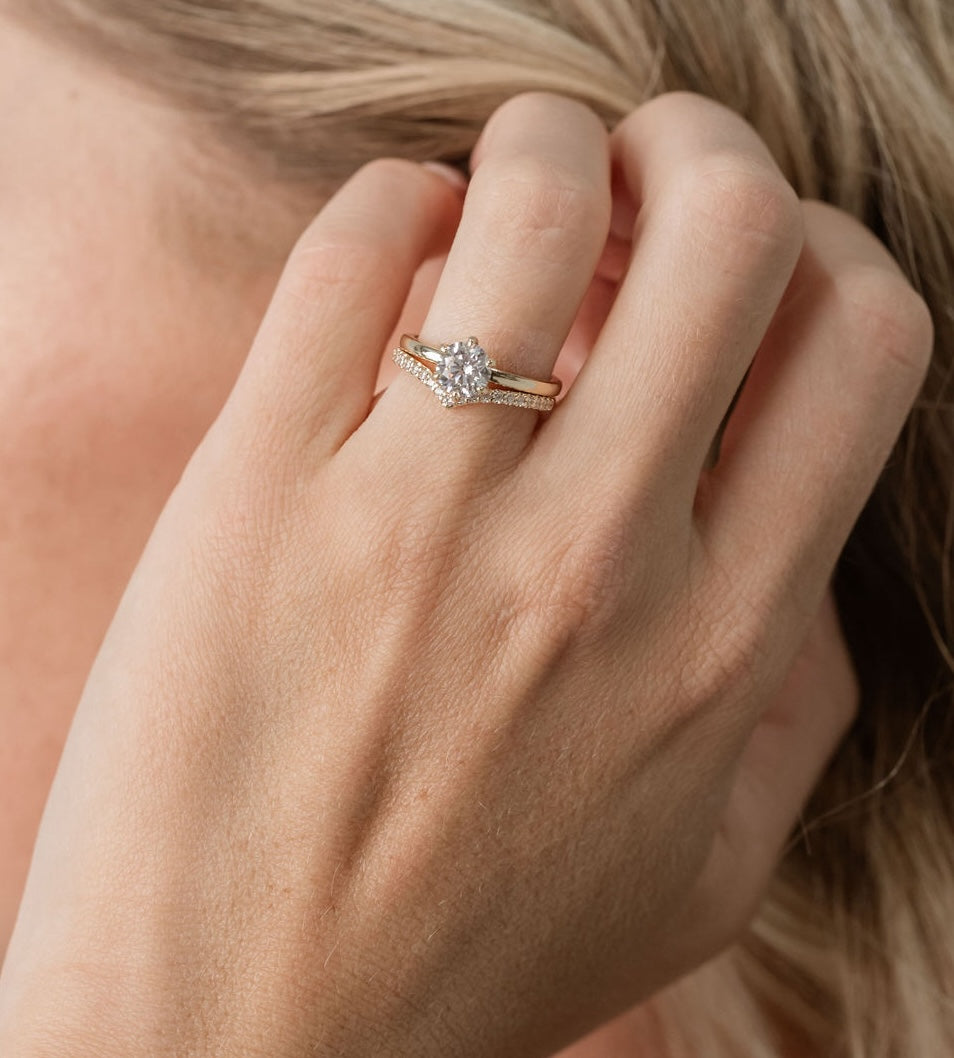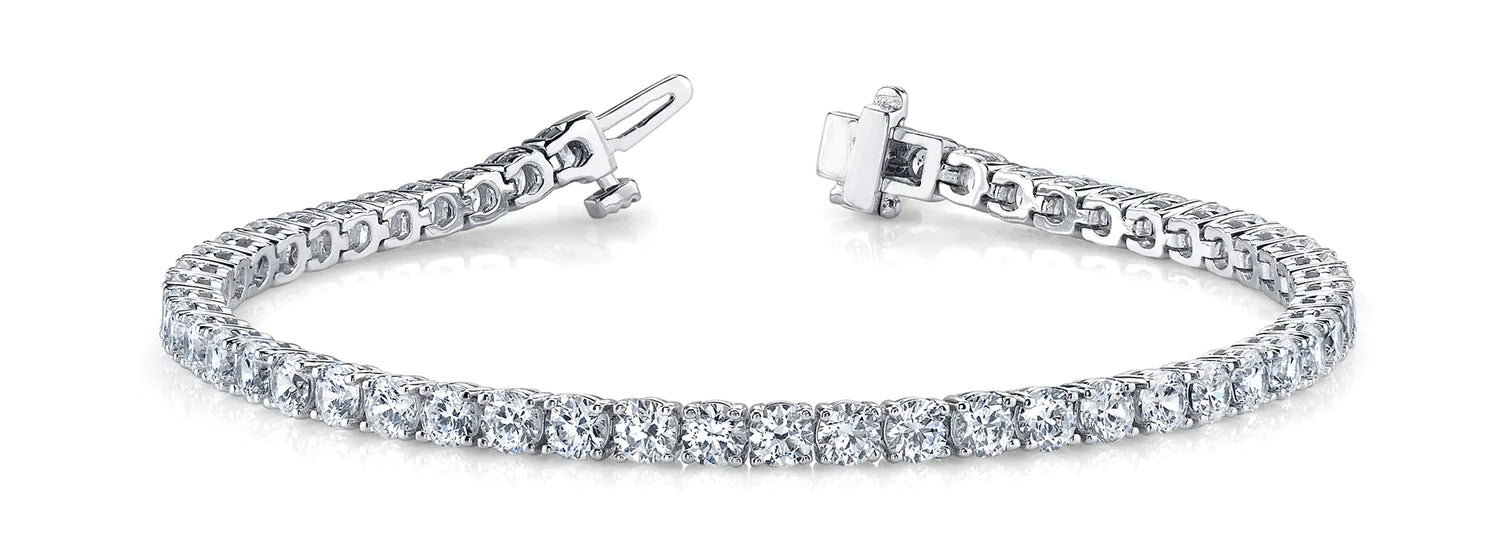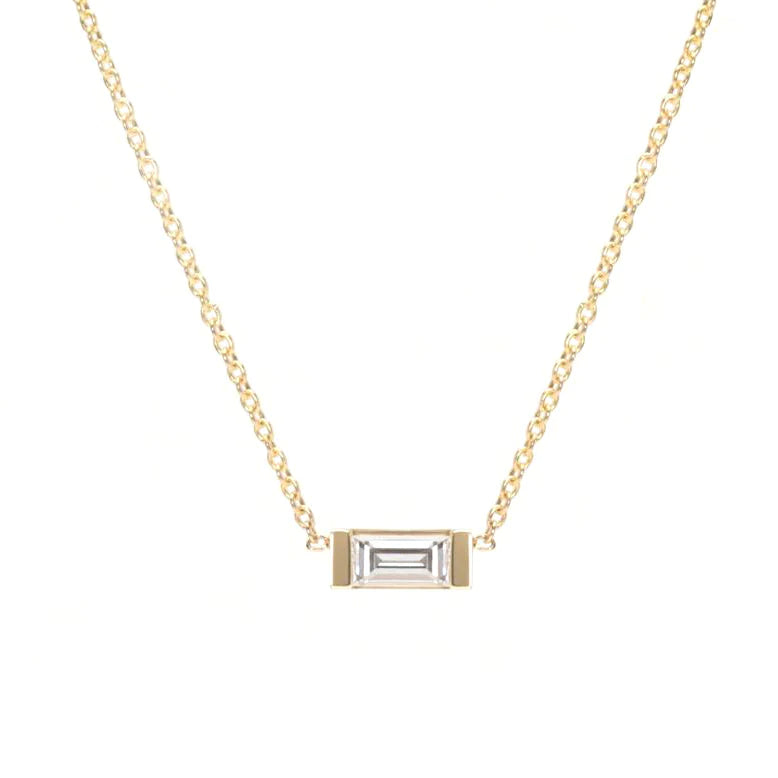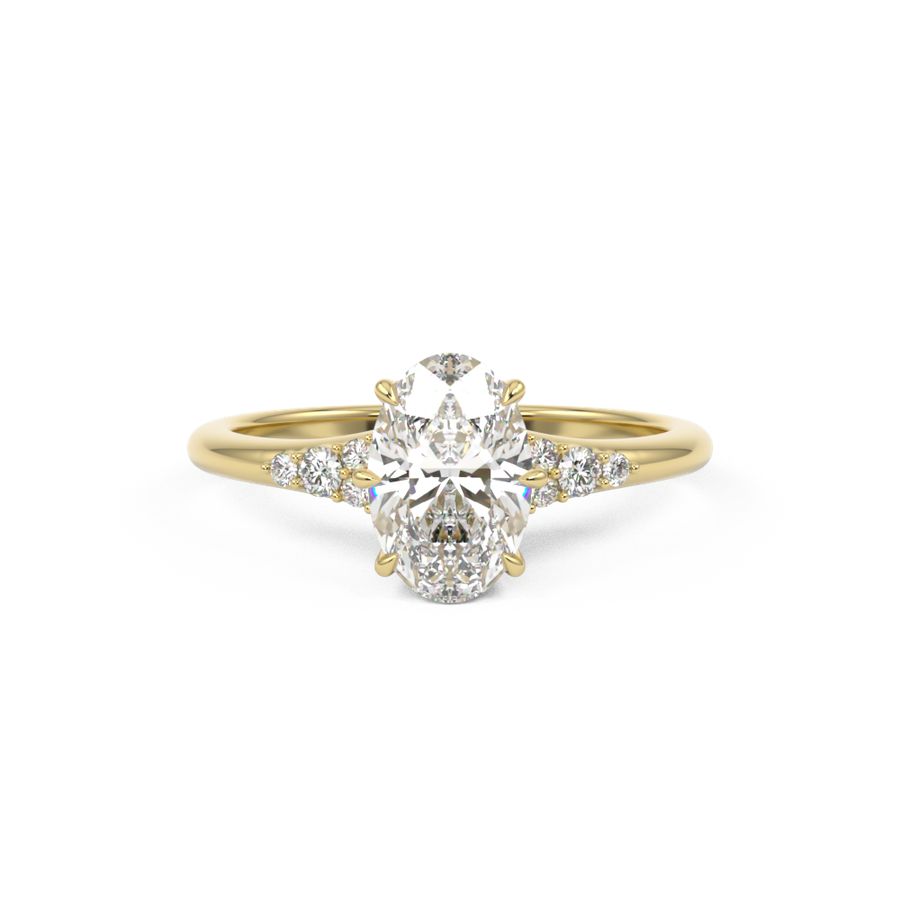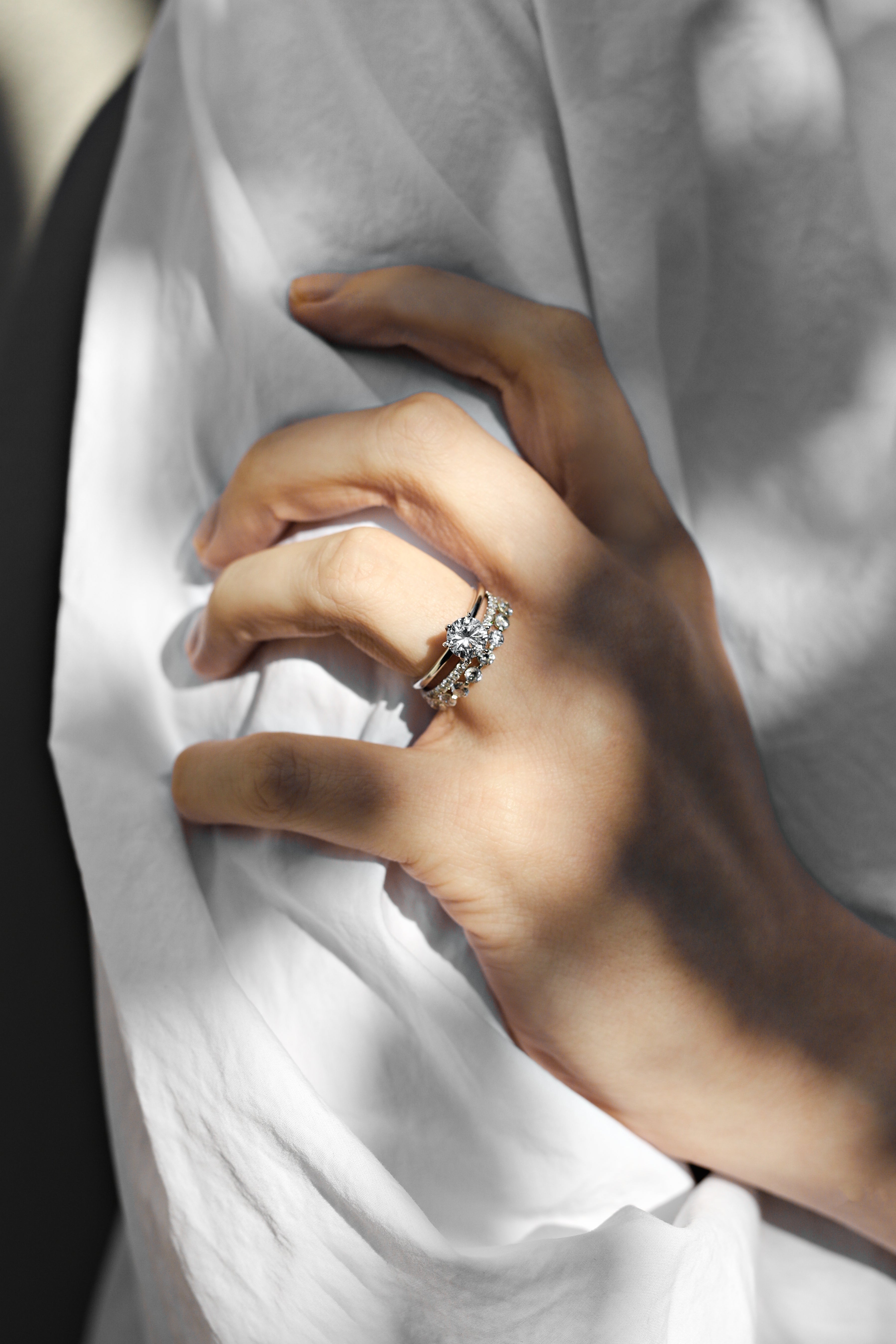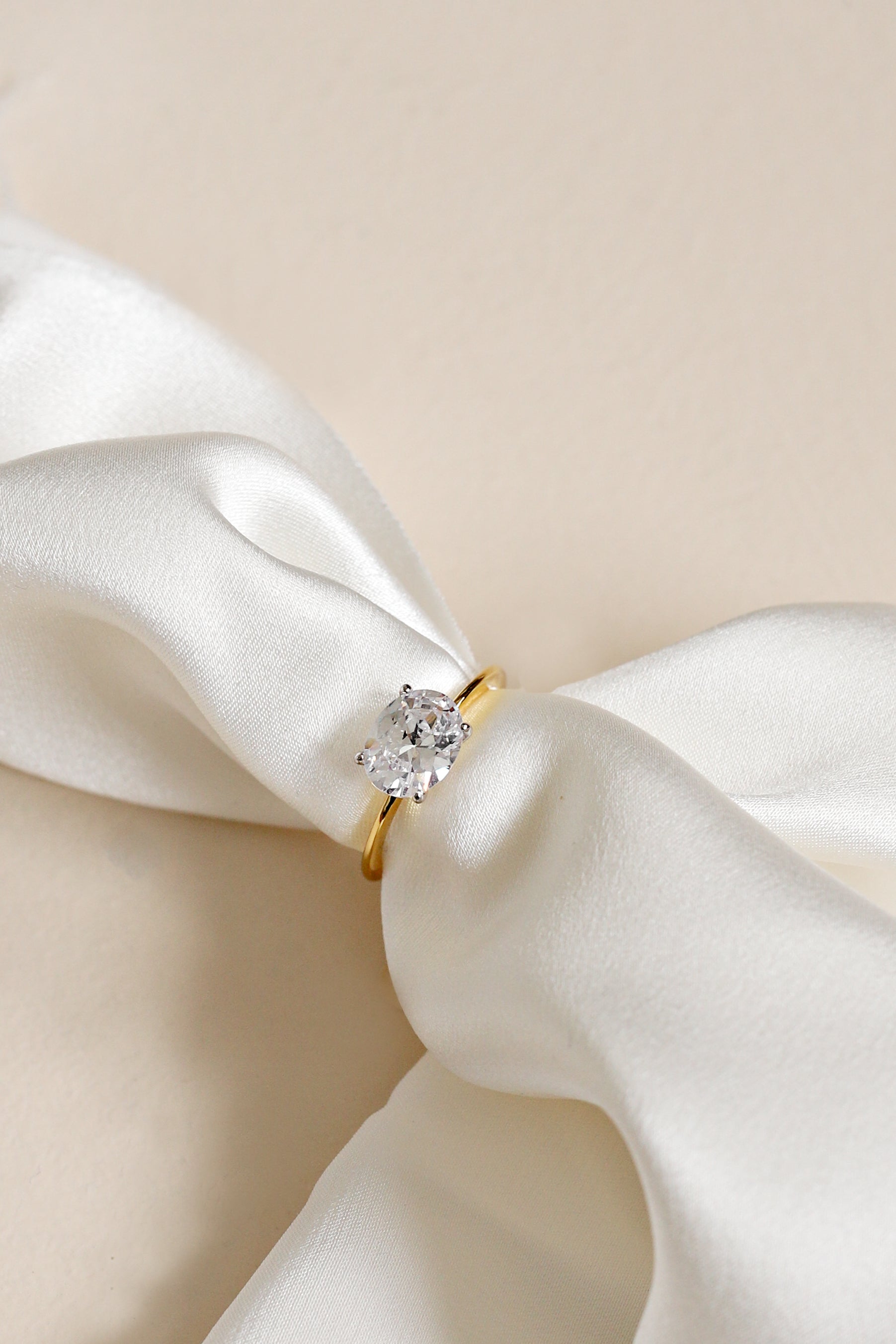Silver
Properties of Silver
- Appearance: lustrous white metal
- Standard atomic weight: 107.8682±0.0002
- Boiling point: 2435K (2162°C, 3924°F)
- Density (near r.t.): 10.49 g/cm
- Thermal expansion: 18.9 µm/(m⋅K) (at 25°C)
- Ionisation energies: 1st: 731.0 kJ/mol
- Thermal conductivity: 429 W/(m⋅K)
- Electrical resistivity: 15.87 nΩ⋅m (at 20°C)
- Magnetic ordering: diamagnetic
- Young's modulus: 83 GPa
- Ductility: can be drawn into a wire one atom wide
- Similar properties to copper and gold
- Soft and malleable transition metal
- Face-centered cubic lattice structure
- Brilliant, white, metallic luster
Uses of Silver
- Bullion coins and investment medium
- Solar panels and water filtration
- Jewellery and high-value tableware
- Electrical contacts and conductors
- Specialized mirrors and window coatings
Isotopes of Silver
- Two stable isotopes: 107Ag and 109Ag
- 107Ag more abundant (51.839% natural abundance)
- Atomic weight: 107.8682(2) u
- Produced in stars via s-process and supernovas via r-process
- Range in relative atomic mass from 92.950u to 129.950u
Reactivity and Deterioration of Silver
- Silver does not react with air, even at high temperatures
- It is considered a noble metal, along with gold
- Silver reacts with sulfur and its compounds, forming silver sulfide
- It dissolves readily in hot concentrated sulfuric acid and nitric acid
- Silver readily dissolves in aqueous solutions of cyanide
- Tarnishing is one of the main forms of deterioration in silver artifacts
- Long-term immersion in salt water can lead to the formation of silver chloride
- Reaction with nitrate ions or oxygen can also cause deterioration
- Fresh silver chloride is pale yellow and becomes purplish on exposure to light
- The presence of copper in ancient silver can be used for dating artifacts
Silver Compounds and their Uses
- Silver compounds are used in photography to bleach silver images
- Silver cyanide solutions are used in electroplating of silver
- Silver nitrate is a versatile precursor to many other silver compounds
- It is used in organic synthesis for deprotection and oxidations
- Silver nitrate can bind alkenes reversibly and has been used for separation
Silver Data Sources
| Reference | URL |
|---|---|
| Glossary | https://harryandcojewellery.com.au/blogs/glossary/silver |
| Wikipedia | http://en.wikipedia.org/wiki/Silver |
| Wikidata | https://www.wikidata.org/wiki/Q1090 |
| Knowledge Graph | https://www.google.com/search?kgmid=/m/025sf8x |

